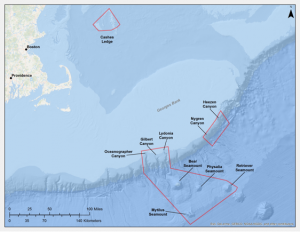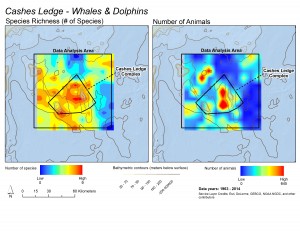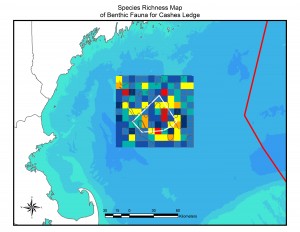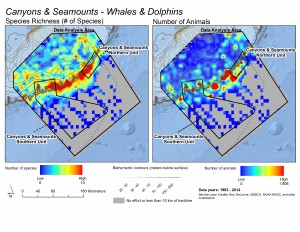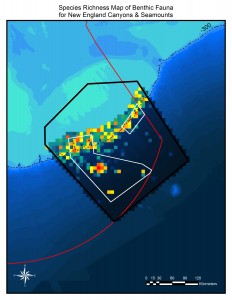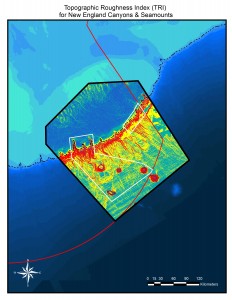April 18, 2016 — HONOLULU — A group of Native Hawaiian leaders have urged President Barack Obama to expand what’s already one of the largest marine conservation areas in the world.
But the president of the Hawaii Longline Association said Friday the lobbying effort is using Hawaiian culture as an excuse to close off more waters to fishermen.
Papahanaumokuakea (pah-pah-HAH-now-moh-cuh-ah-cay-ah) Marine National Monument is a 140,000-square-mile area of the Pacific where remote islands, atolls, islets and coral reefs serve as habitat for some of the world’s most endangered species.
The region is also a sacred place in the history, culture and cosmology of Native Hawaiians.
“Mr. President, as an island boy from Hawaii, we trust that you understand the significance of the ocean to our islands,” said a letter signed by leaders of the expansion push.
They want Obama to expand the monument to the full 200 nautical-mile limit of the Northwestern Hawaiian Islands exclusive economic zone while keeping the main Hawaiian islands outside the boundaries.
Read the full story from the Associated Press at the New Jersey Herald

